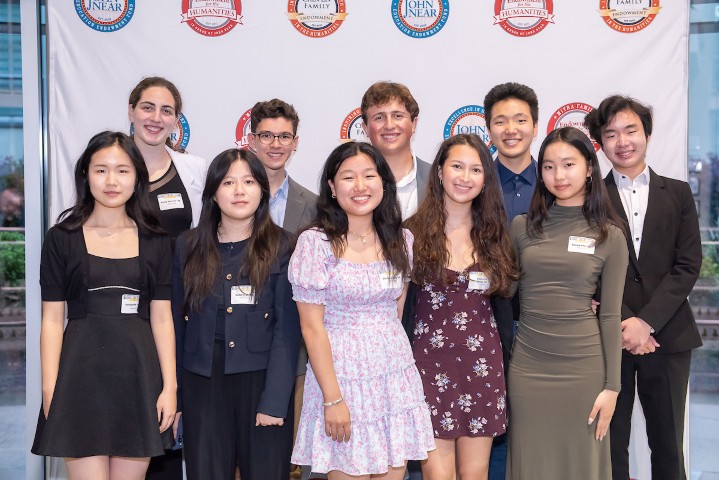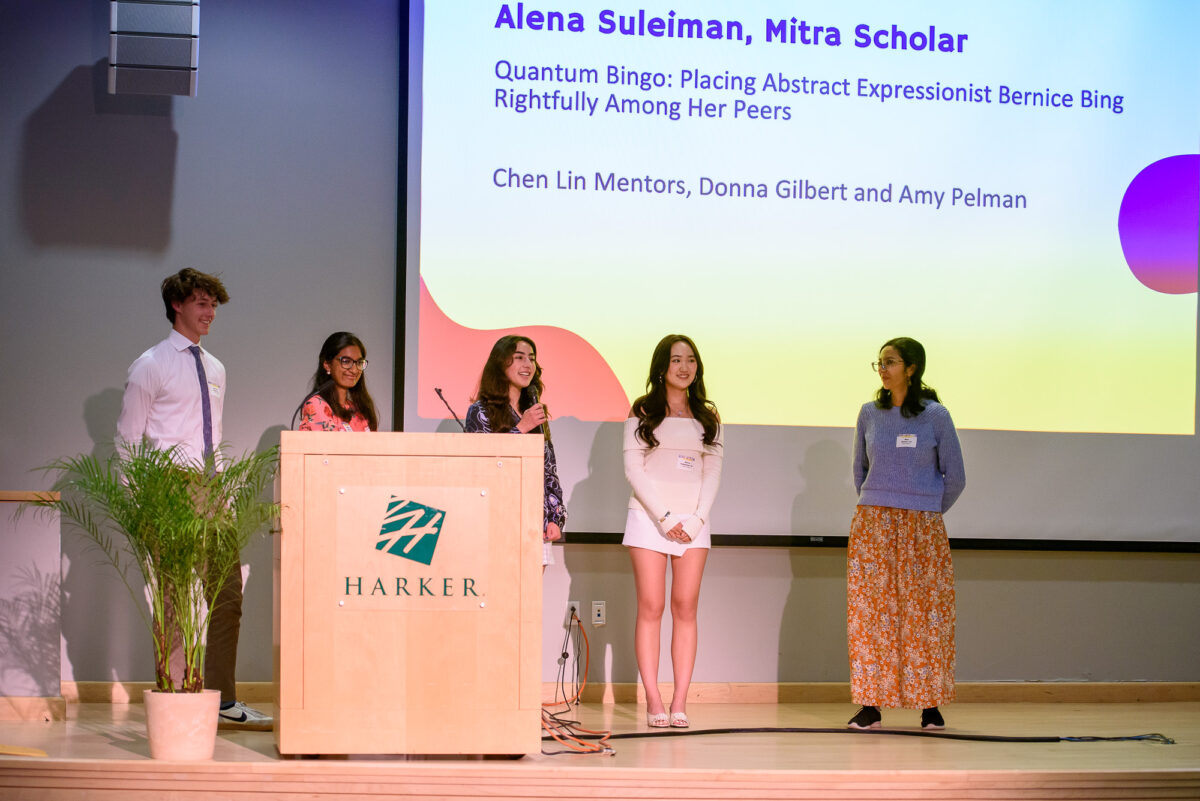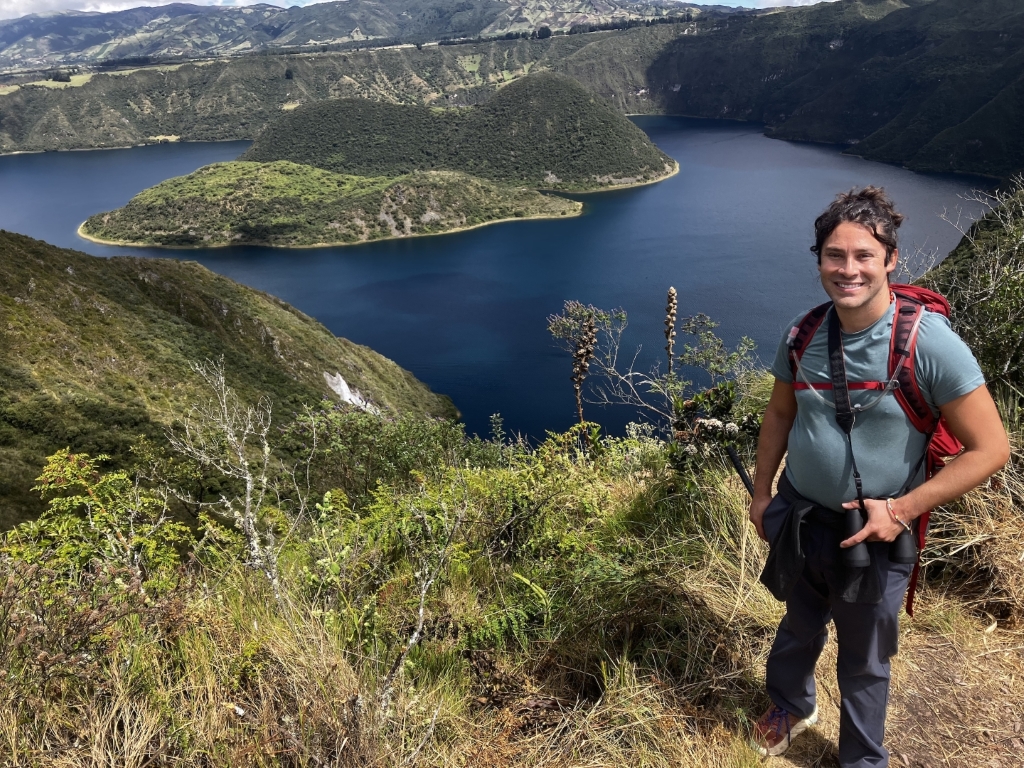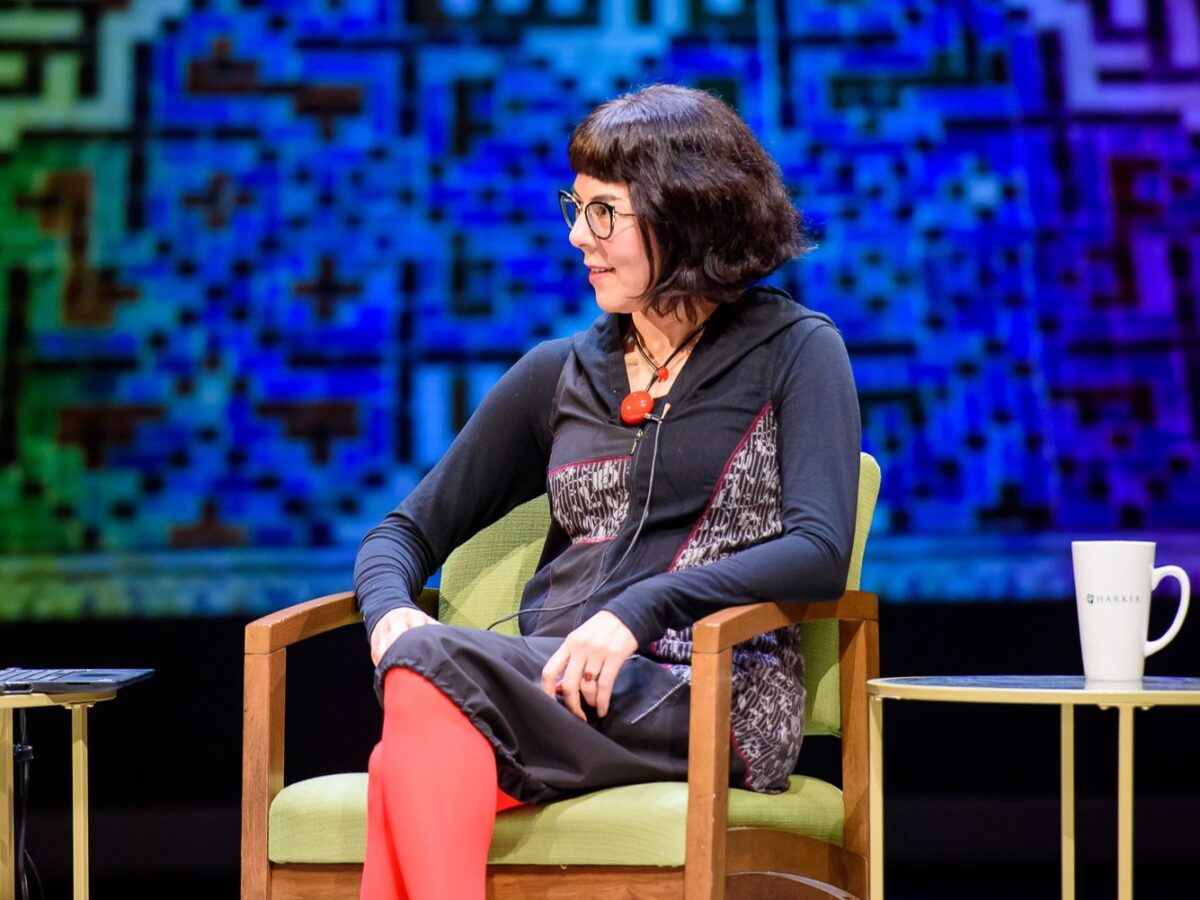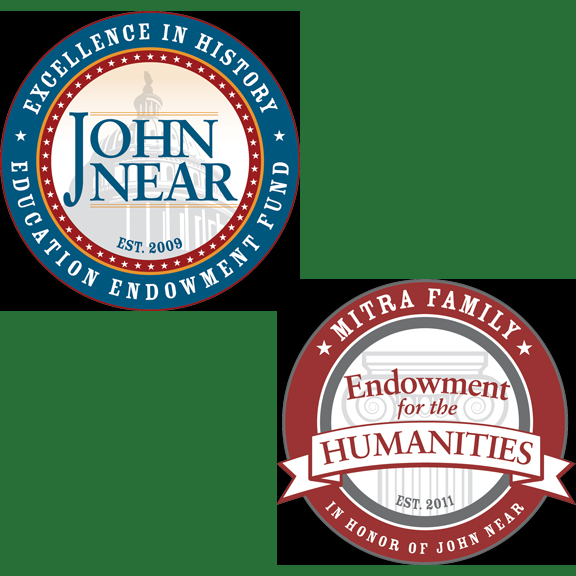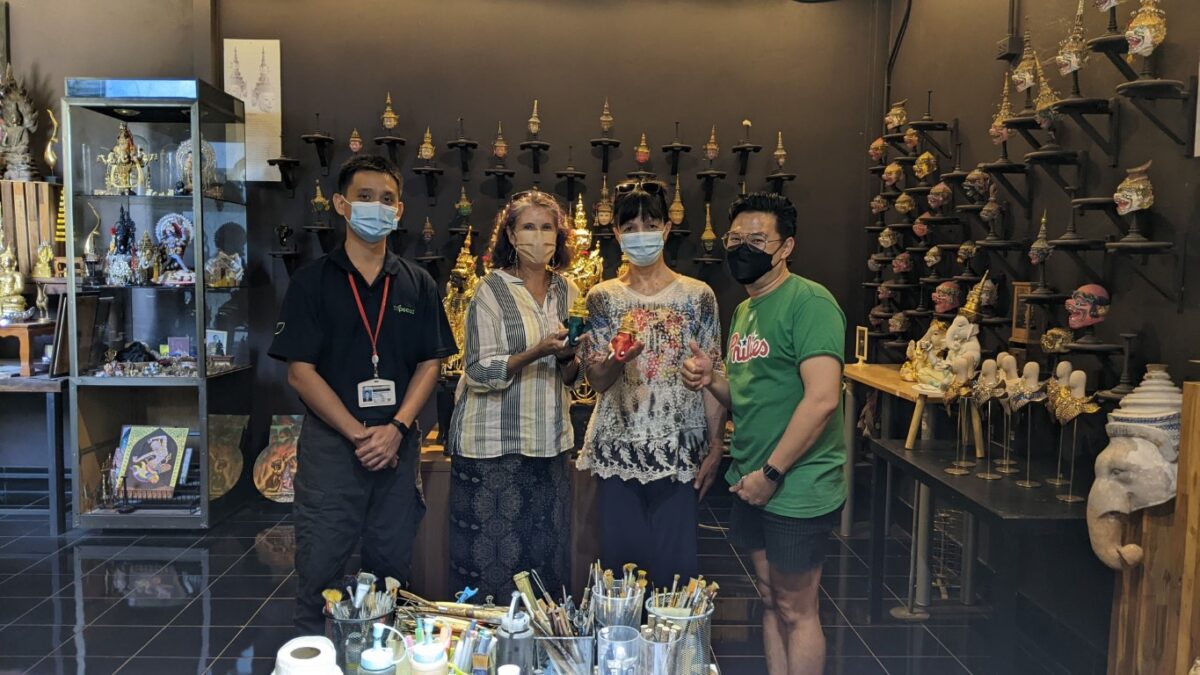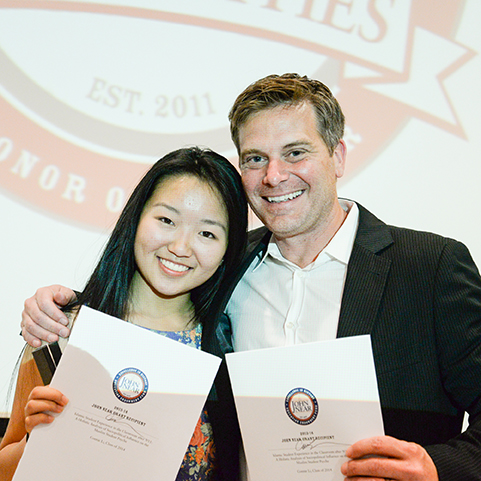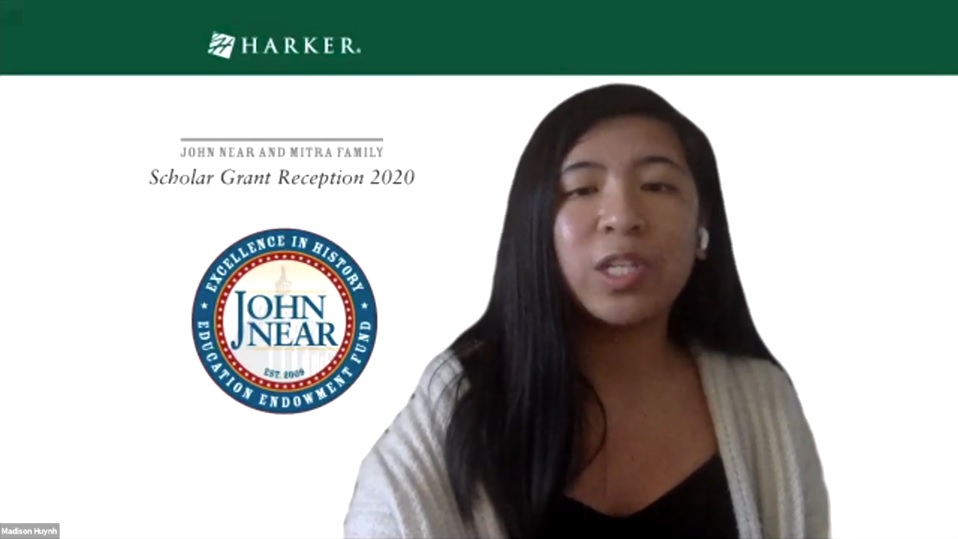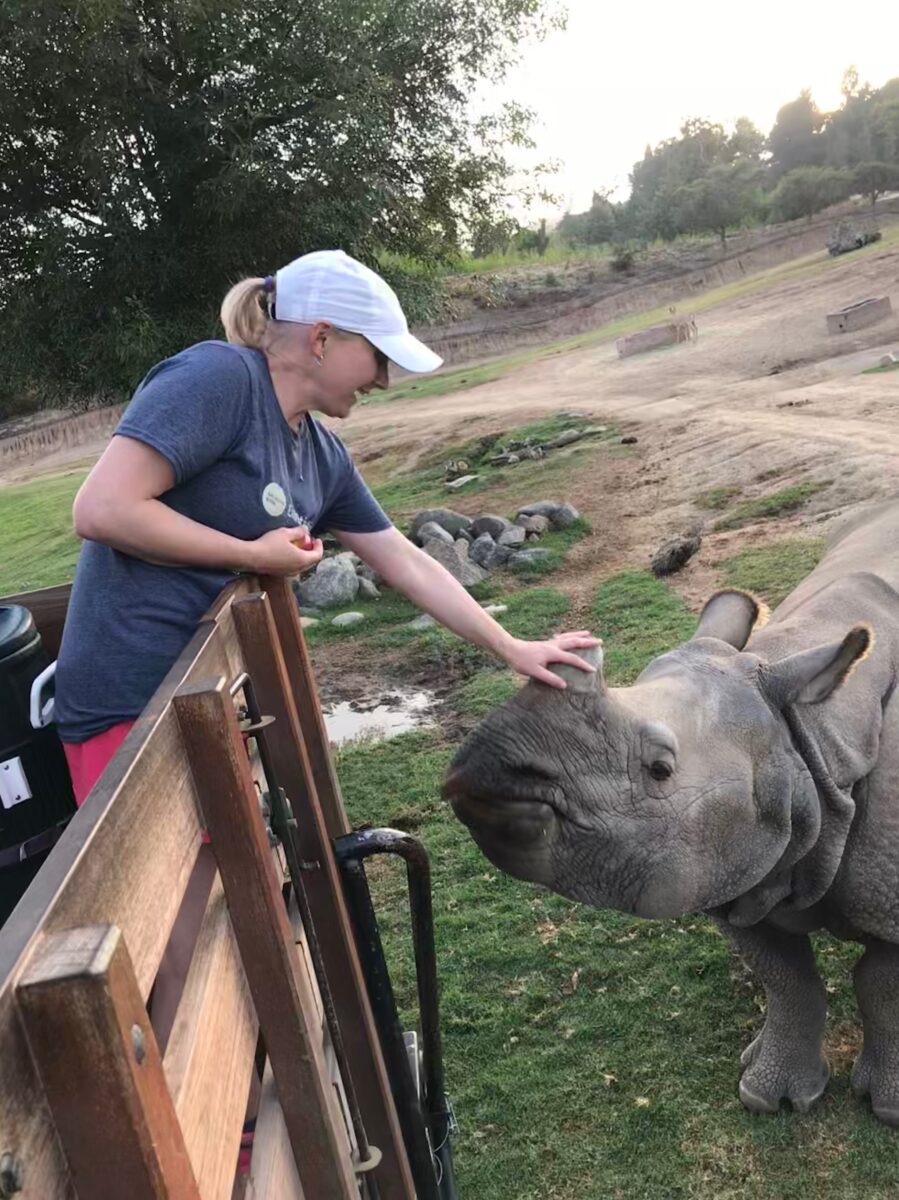Families and friends of this year’s Near-Mitra Scholars gathered at Nichols Auditorium for this year’s Annual Recognition Event.
endowments
2023-24 Near-Mitra scholars celebrated at special event and reception
On April 23, this year’s student scholars in the John Near and Mitra Family Scholar Grant Program were honored at a special event held at Nichols Hall.
Teachers find learning opportunities in Vegesna grant program
Last summer, upper school science teacher Eric Johnson middle school science teacher Raji Swaminathan participated in the Vegesna Foundation Teacher Excellence Program.
Pantea Karimi talks art, history, identity and science at Harker Speaker Series
On Nov. 29, Iranian-American artist Pantea Karimi, the 2023 Dickinson Endowment artist-in-residence, appeared as the second speaker in the 2023-24 Harker Speaker Series at the Patil Theater.
2023 Near and Mitra salons explore wide range of historical topics
Last week, the scholars of this year’s John Near & Mitra Family Scholar Grant Program conducted salons via Zoom discussing the results of the several months’ worth of research they had carried out in the topics of their choice.
Art teachers gain firsthand experience with Thai art and culture
This past summer, K-5 visual arts chair Gerry-louise Robinson and middle school art teacher Sofie Siegmann traveled to Thailand to learn more about the country’s art, culture and history through the Raju and Bala Vegesna Teacher Excellence Program.
Near-Mitra scholars present research at virtual salons
Late last month, this year’s Near-Mitra scholars held virtual salons, which consisted of a presentation summarizing each scholar’s research followed by a question-and-answer session
Scholarly Endeavors: Near/Mitra scholars celebrate 10 years of academically rigorous, independent research
Reception honors 2019-20 Near/Mitra scholars
Teachers bring new methodologies, in-depth studies and sunshine to classrooms through Vegesna grants
Each year, the Raju and Bala Vegesna Foundation’s Teacher Excellence Program at Harker launches a group of teachers on voyages of discovery.
